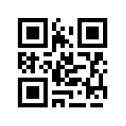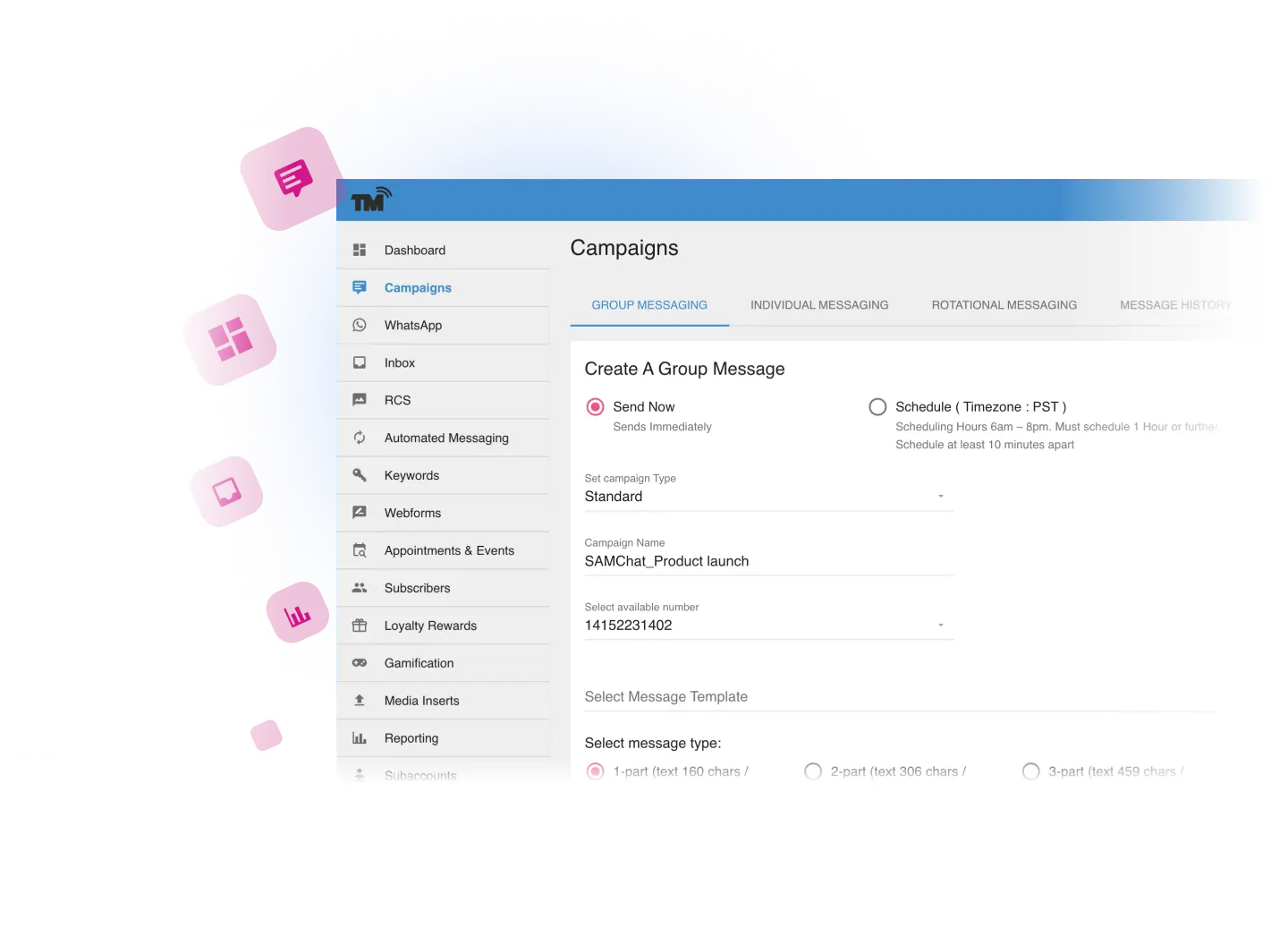
Trusted and enjoyed by the best








Own your multimedia powerhouse with MMS messaging
Evoke more emotion with your campaigns by sending images, gif, and videos to tell your story and leave a lasting impression.
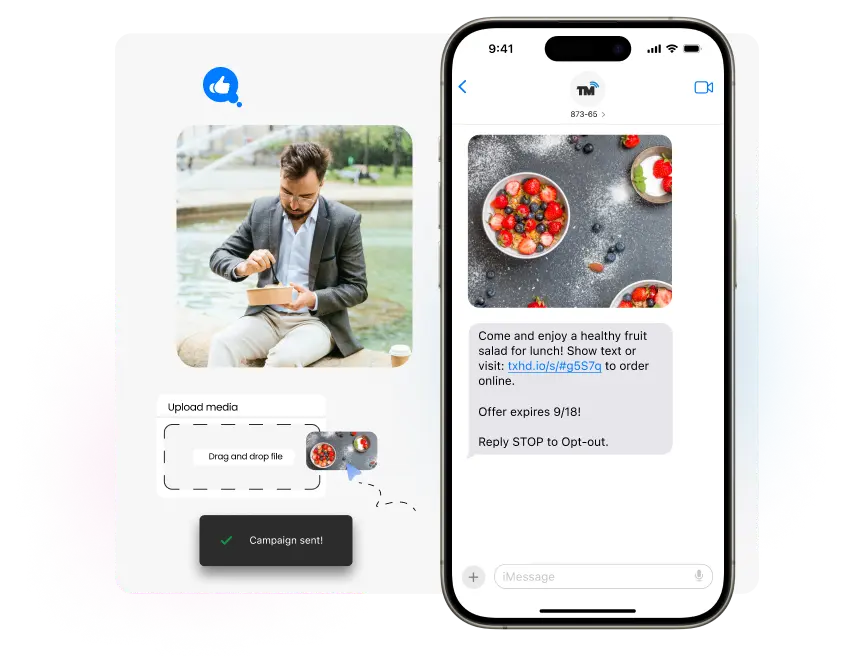
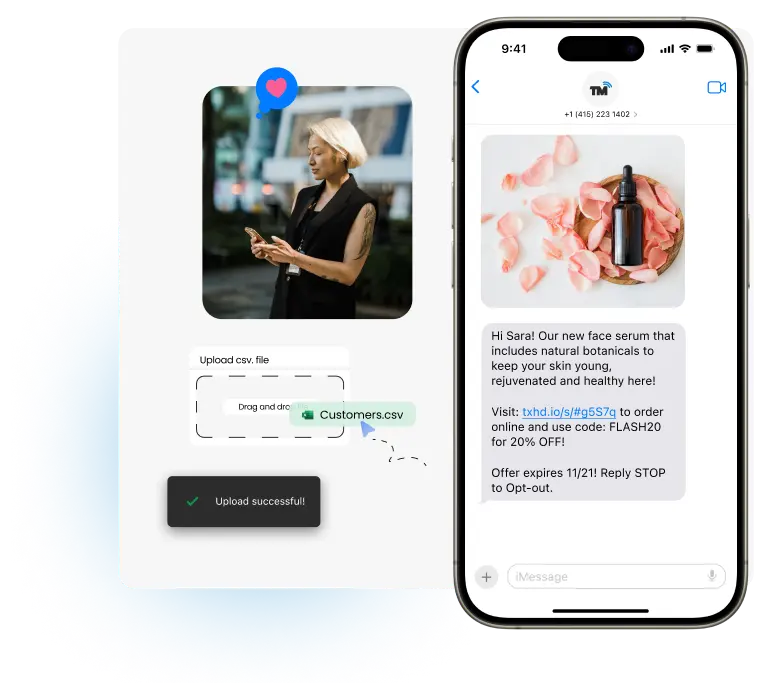
Unlock your data and make subscriber management a breeze
Maximize mobile marketing ROI with a system that validates mobile numbers, ensuring accurate data and better campaign performance.
Take your e-commerce strategy to the next level
We have integrations with Shopify and WooCommerce so that you can add text marketing to your e-commerce strategy. Re-target abandoned cart users and awards your online champions, loyalist and repeat buyers.
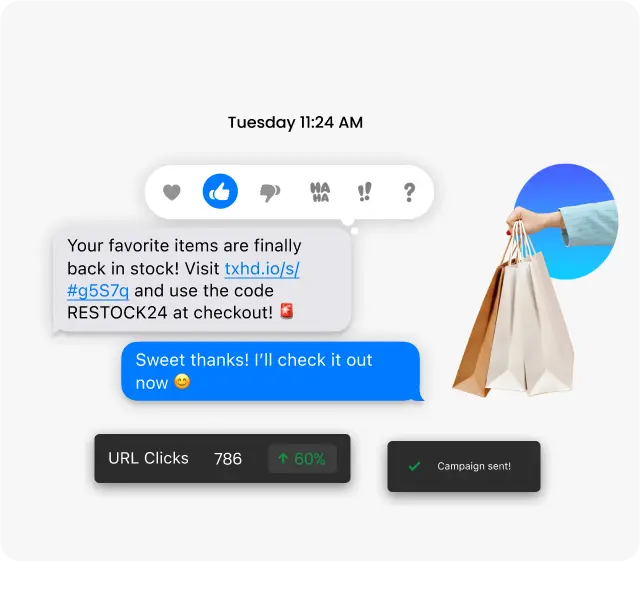
Say Goodbye to
Data Silos
Unify customer information for unmatchable target ability and outreach with some of your favorite applications you already use.
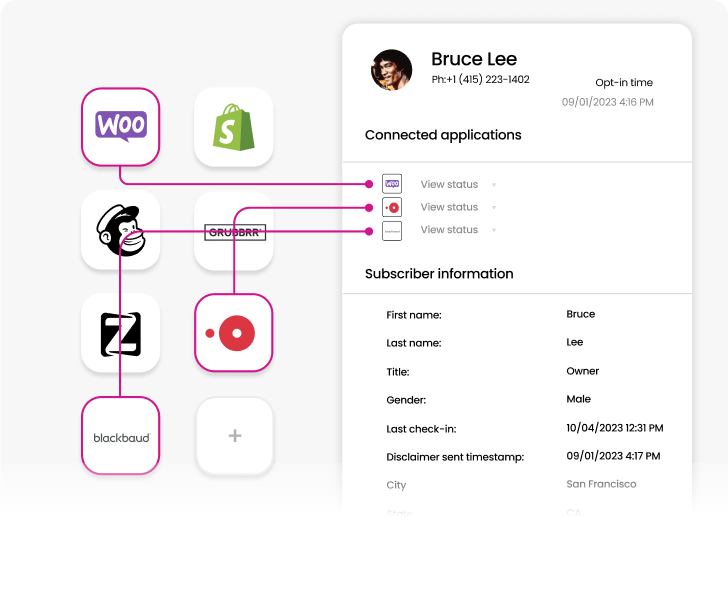
Find your audience
in any crowd
You can easily collect valuable customer data and create personalized campaigns that resonate. From text-enabled keywords to QR codes, our solutions offer a wide range of options to help you find and engage your ideal audience
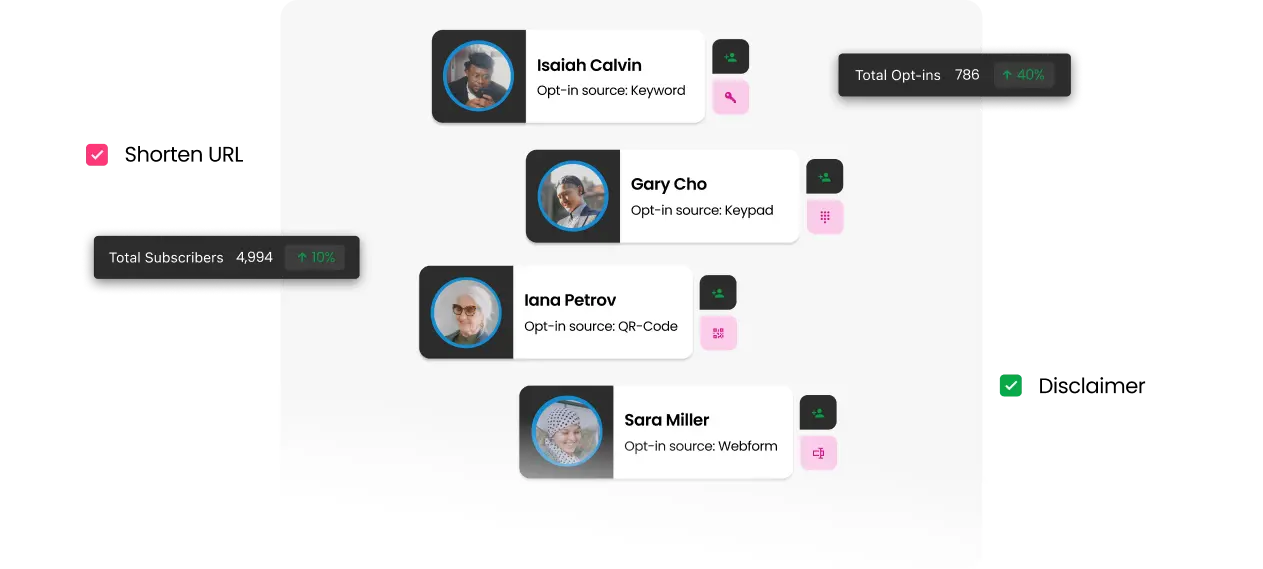
From our customers
Love their service. Easy Setup &
Friendly User website.Extremely low
ratescompare to other texting
services for your business.
Navneet Sandhu, Owner, Pizza Twist
Textmunicationintegrates well with
our current database, is easy to
program and use, and the support, if
needed, is readily available.
Kari Bell, Marketing & Communications Director , River Garden Senior Services
Industry leader in the SMS market!
Thoughtful with integrationsas well as
timely rolloutof new functionality.
Lesley Silverstre, Director of Customer Success, Jonas
Great support & training. The team got
us up and running quickly.We are
already seeing resultsfrom our first
campaign. Keep up the great work.
Mike Lench, Club Manger, Pro Fitness Club
For fundraisingyou need to thank you
donors for their efforts and the texting
piece works
Tamara Reed-Taan, Associate Vice President, UCAN Chicago





